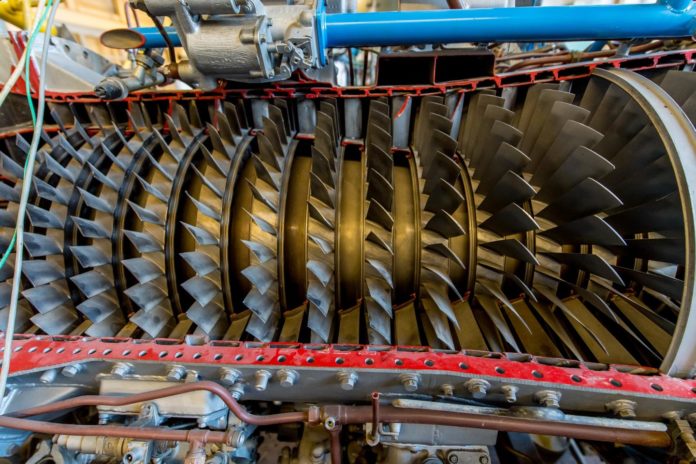Hydrogen in metals attracts interest from scientists since many decades. It influences the properties of various materials significantly, which is essential for almost all industrial technologies. One of its features that fascinates scientists is: it can enter the molten metal and remain in it after solidification.
Only one hydrogen atom per hundreds of thousands of metal atoms is enough, whereas other impurities can cause some harm in much higher concentrations.
But there is a problem, a small concentration of hydrogen is difficult to fix, thus often gets difficult to directly measure its content in metals, especially its distribution within micron-thick metal layers. Commonly indirect measurements are used, in particular, the time of saturation with hydrogen is normalized.
Scientists from Peter the Great St.Petersburg Polytechnic University, along with the Institute of Problems of Mechanical Engineering of the Russian Academy of Sciences, have examined the distribution of hydrogen in metals in the process of standard testing for hydrogen cracking.
Their outcomes demonstrate that there is a surface effect that does not let hydrogen enter the metal. Thus, it causes errors in industrial quality control of material, and to fundamental errors in terms of scientific research of hydrogen embrittlement.
Construction materials are tested before use under hydrogen saturation conditions. The most common ones are the electrochemical saturation of metal samples in an electrolyte solution and saturation in a neutral salt solution while passing hydrogen sulfide. It is usually considered that these methods provide universal saturation of the samples similar to natural conditions.
Scientists wanted to check if this is true. For that purpose, they conducted the study on a highly sensitive industrial mass spectrometric hydrogen analyzer.
The analyzer detected the surface effect.
It based on the fact that an abnormally high concentration of hydrogen arises in the thin layer of metal at the surface of the sample, which is hundreds of times higher than the internal hydrogen concentration. This surface layer of metal, with a thickness of about 50 microns, creates a kind of a “shield” that prevents the entering of hydrogen into the metal. A theoretical model was also developed in terms of the mathematical description of this phenomenon.
Vladimir Polyansky, professor of SPbPU said, “This is a new look at the industrial testing of the hydrogen resistance of metals, applied in many standardized methods of quality control. It turns out that it is not equivalent to the actual hydrogen saturation that occurs during metal part exploitation. This causes errors in evaluating metals properties. It is important to understand that modern high-strength alloys are highly sensitive to the influence of hydrogen, so additional testing and the development of new methods of industrial testing are required.”
“We plan to study how much the surface effect we discovered is manifested in real constructions subject under thermomechanical loads, and what is the relationship between model hydrogen saturation and the brittleness of metals that occurs during real industrial exploitation.”
The finding was published in the International Journal of Continuum Mechanics and Thermodynamics. The Russian Science Foundation grant supported this research.
